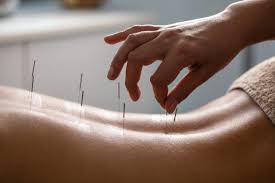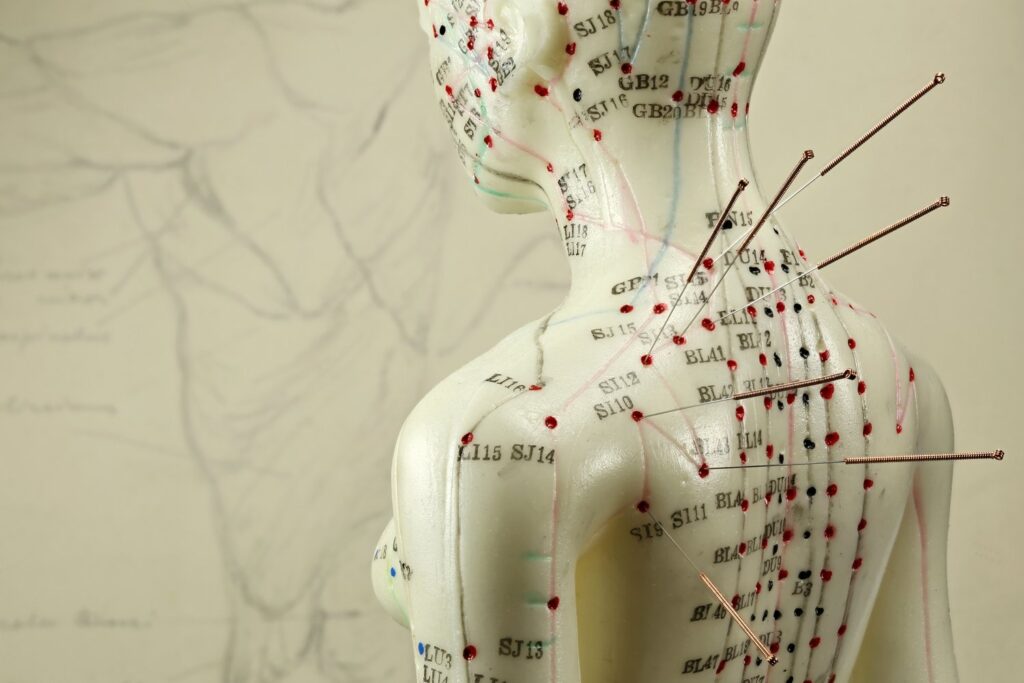
The Philosophy behind Acupunctures
The foundation of acupuncture lies in the concept of Qi (pronounced “chee”), the vital energy that flows through the body along pathways known as meridians. According to TCM, illness arises when the flow of Qi is blocked or imbalanced. Acupuncture aims to restore this flow, allowing the body to function optimally.
Acupuncture is also believed to influence the balance of Yin and Yang, the opposing yet complementary forces in the body that must remain in harmony for good health.
How to Acupuncture works
During an acupuncture session, thin, sterile needles, known as acupoints, are inserted into specific points on the body. These points correspond to various meridians and are strategically chosen based on the patient’s condition.

Acupuncture in modern medicines
Acupuncture has gained widespread acceptance as a complementary therapy in modern medicine. It is often integrated with conventional treatments to enhance recovery and improve quality of life. Hospitals, wellness centers, and clinics worldwide now offer acupuncture as part of their services.
Benefits of Acupunctures
Acupuncture offers a wide range of health benefits, making it a versatile treatment for various conditions.
- Pain Management: Effective for chronic pain conditions, including back pain, migraines, and arthritis.
- Stress Relief: Promotes relaxation and helps manage anxiety and depression.
- Improved Digestion: Supports gastrointestinal health and alleviates issues like irritable bowel syndrome (IBS).
- Better Sleep: Treats insomnia and improves sleep quality.
- Hormonal Balance: Aids in regulating menstrual cycles, fertility issues, and menopause symptoms.
- Enhanced Immunity: Boosts the body’s natural defenses against illnesses.
Acupuncture process

Consultation
The practitioner assesses the patient’s health history and current concerns.

Preparation
You are asked to lie down in a comfortable position.
The target area is cleaned to maintain hygiene.

Treatment
Fine needles are inserted into specific acupoints and left in place for about 15-30 minutes. The procedure is usually painless, with patients often feeling relaxed during the session.

Conditions treated by acupunctures
The World Health Organization (WHO) recognizes acupuncture as an effective treatment for various conditions, including:
- Chronic pain (e.g., headaches, neck pain, and osteoarthritis).
- Respiratory issues (e.g., allergies, asthma, and sinusitis).
- Digestive disorders (e.g., gastritis and constipation).
- Neurological problems (e.g., migraines, stroke rehabilitation).
- Mental health concerns (e.g., anxiety, stress, and depression).
